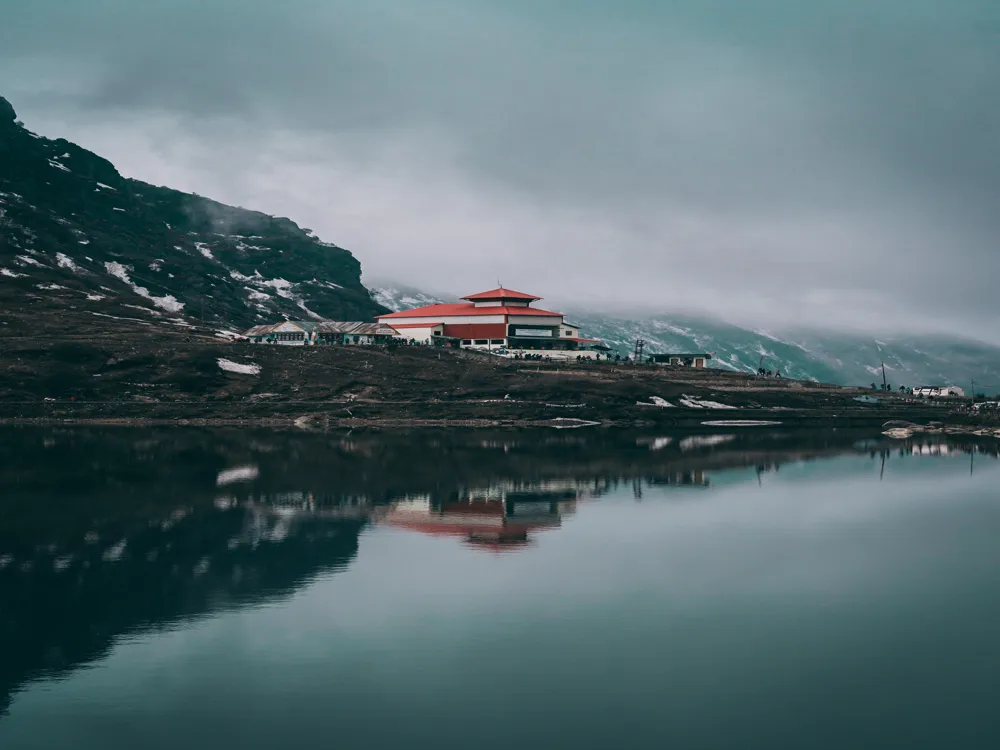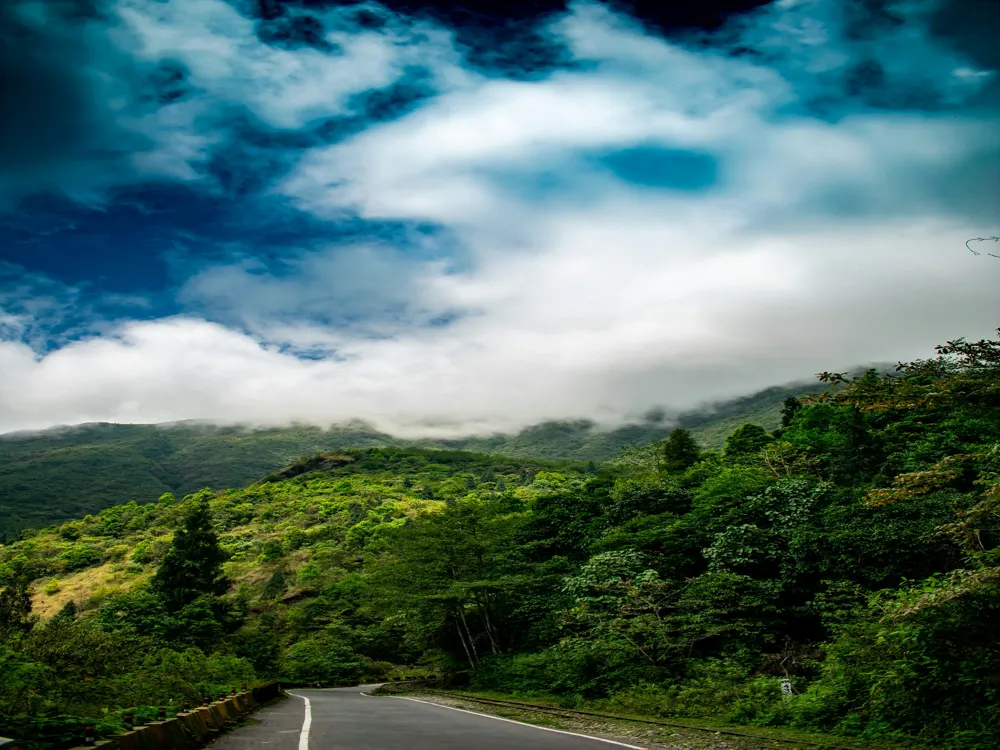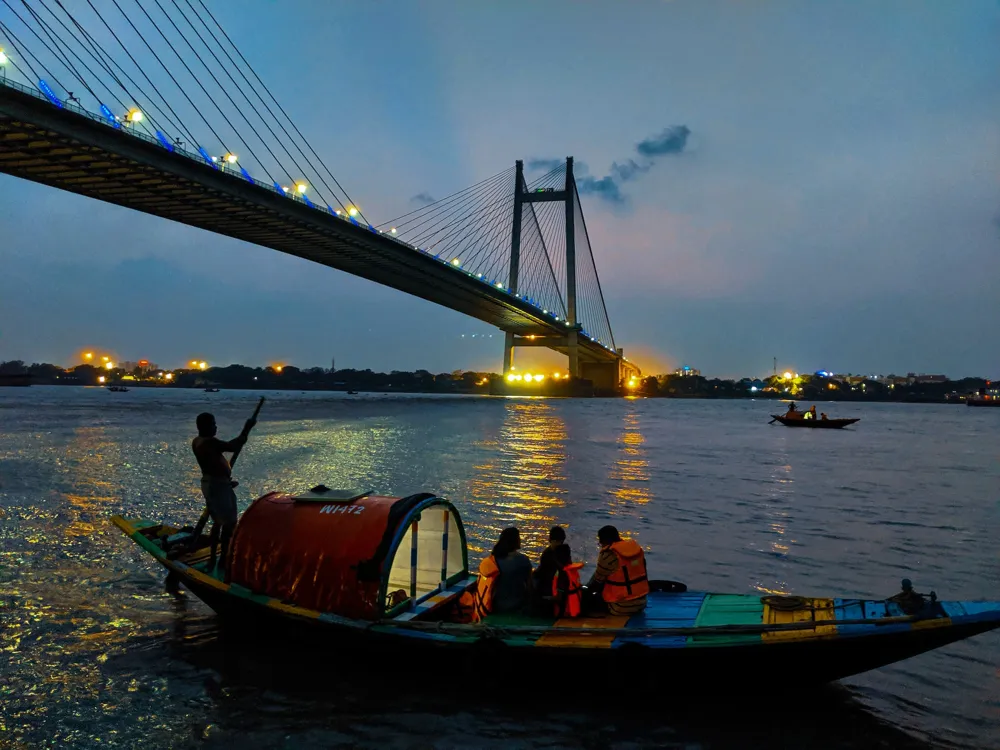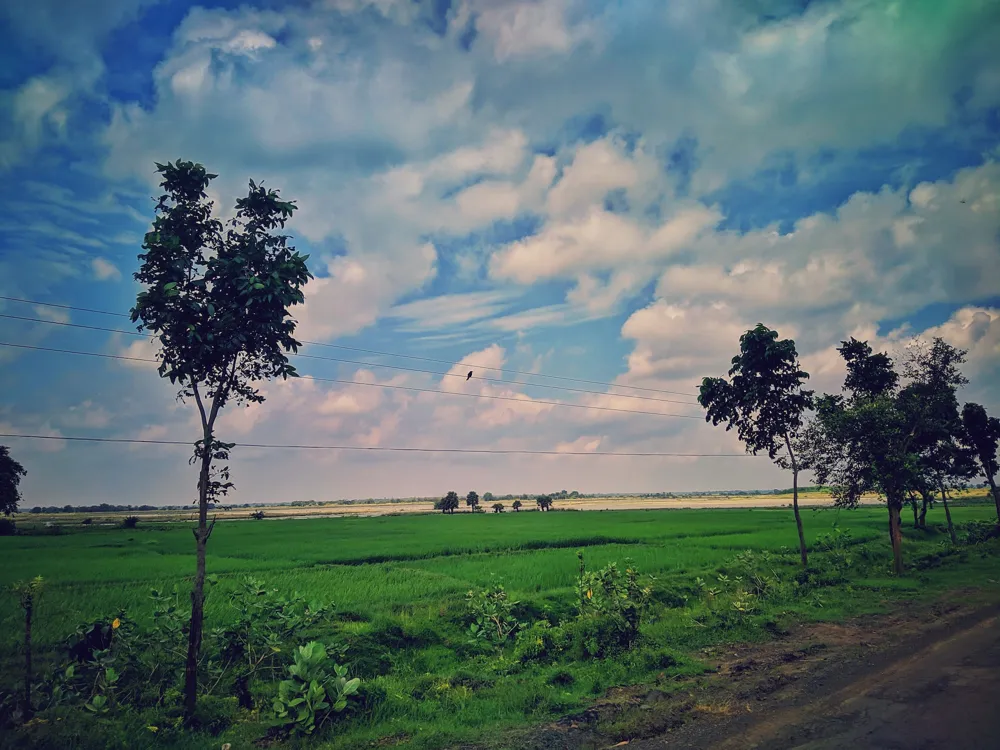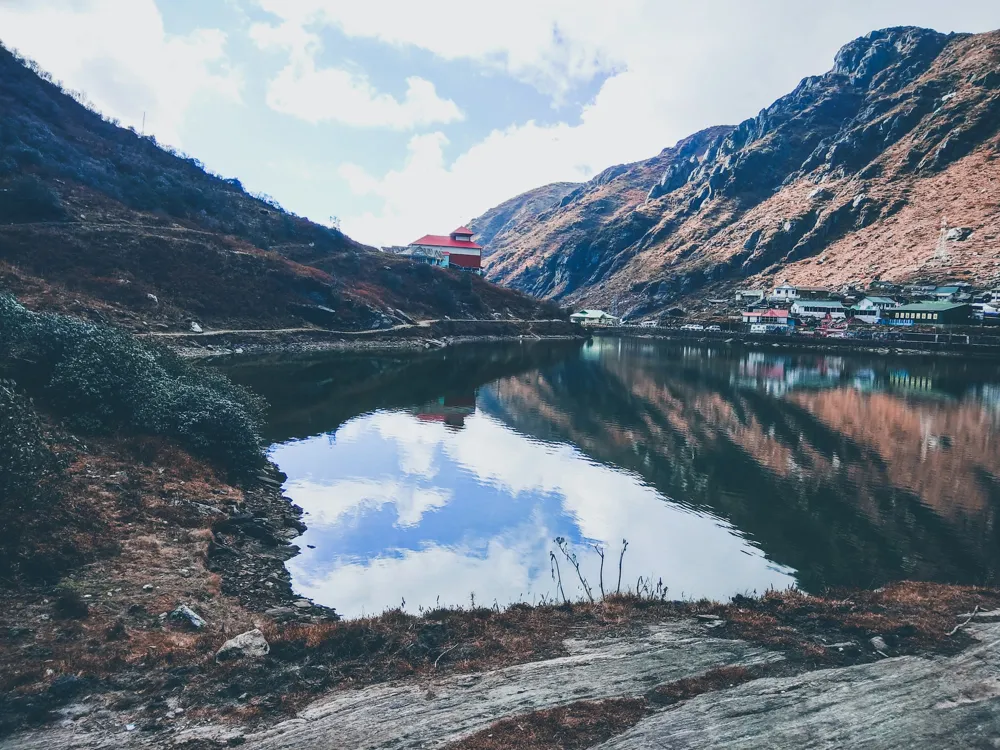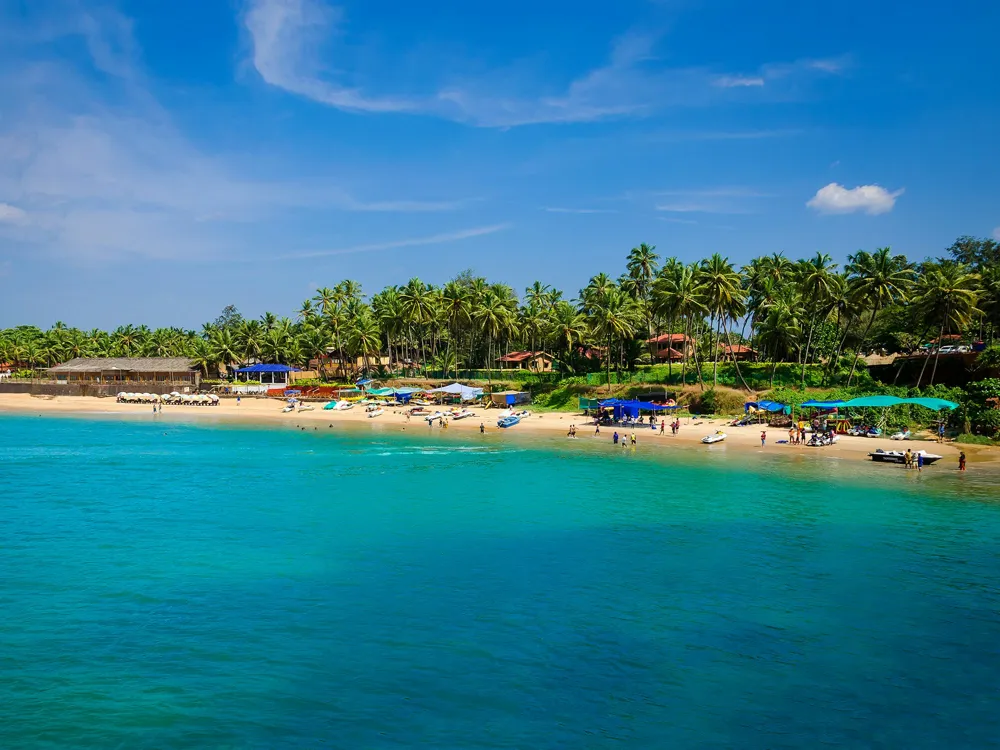Nestled in the rich cultural tapestry of West Bengal, the Kadam Rasul Mosque stands as a testament to the region's historical and architectural grandeur. Located in Malda, a city renowned for its historical significance, this mosque is not just a place of worship but a beacon of history that attracts visitors from far and wide. The Kadam Rasul Mosque, with its unique blend of Indo-Islamic architecture, has a story that dates back several centuries, making it a must-visit destination for history enthusiasts and travelers alike. The mosque's history is intertwined with the cultural and religious evolution of Malda, which was once a prosperous capital under the rule of various dynasties. The mosque is named 'Kadam Rasul,' which means 'footprint of the Prophet,' referring to an imprint believed to be that of Prophet Muhammad. This sacred relic holds immense religious significance and draws devotees who seek blessings and spiritual solace. The blend of spirituality and history makes Kadam Rasul Mosque not just a historical landmark, but also a spiritual haven. The story of the Kadam Rasul Mosque is a journey through time, showcasing the architectural and cultural influences of different eras. This mosque is not just a structure built of bricks and mortar; it's a canvas that displays the artistic and architectural brilliance of its creators. As you walk through its corridors, you're taken back in time, witnessing the legacy and the tales that the walls of this mosque have silently observed over centuries. The Kadam Rasul Mosque isn't just a tourist spot; it's a journey into the heart of Bengal's rich history. For those who appreciate the convergence of culture, history, and architecture, the Kadam Rasul Mosque is a treasure trove waiting to be explored. Its significance extends beyond religious boundaries, offering insights into the historical narrative of Malda and West Bengal. Whether you are a historian, an architect, a spiritual seeker, or just a curious traveler, the Kadam Rasul Mosque promises an experience that is both enlightening and enriching. The architecture of the Kadam Rasul Mosque is a splendid example of the synthesis of various architectural styles that flourished in Bengal. Influenced by both Indo-Islamic and local Bengali architectural elements, the mosque showcases a unique blend that reflects the cultural amalgamation of the region. The structure of the mosque is a testament to the skilled craftsmanship and artistic vision of its builders, who managed to create a masterpiece that has stood the test of time. The mosque's design features a combination of terracotta work, intricate Islamic calligraphy, and typical Bengali motifs, creating a visual symphony that is both pleasing and awe-inspiring. The central dome, flanked by smaller domes, is a characteristic feature of Islamic architecture, while the floral patterns and terracotta plaques echo the local artistic traditions of Bengal. The use of locally sourced materials and indigenous techniques in the construction of the mosque highlights the adaptive nature of the architecture, blending seamlessly with the cultural ethos of the region. Inside, the mosque holds an ambience of tranquility and reverence. The main prayer hall, with its spacious interior and minimalistic design, invites a sense of peace and contemplation. The arches and columns, though simplistic in design, are strategically placed to create an atmosphere of solemnity, befitting a place of worship. The play of light and shadow through the arched windows adds a mystical quality to the interior, making the mosque not just a place of architectural wonder, but also a sanctuary of spiritual calmness. The preservation of the mosque over the centuries speaks volumes about the durability and resilience of the architecture. Despite the challenges posed by time and nature, the Kadam Rasul Mosque continues to stand proudly, showcasing the architectural glory of its era. Its enduring beauty and structural integrity make it a fascinating subject for study and admiration for architects, historians, and visitors alike. As a place of religious significance, it's important to show respect towards the local customs and traditions. Dress modestly, remove footwear before entering the mosque, and maintain a quiet demeanor within the premises. Plan your visit during the cooler months of the year, preferably between October and March, to avoid the harsh summers and enjoy a pleasant exploration of the mosque and its surroundings. While photography may be allowed, always ask for permission. Be mindful of not disturbing the worshippers and avoid taking pictures during prayer times. The area around the mosque has other historical sites and local markets. Allocate enough time to explore these to get a fuller experience of the local culture and history. Consider taking a guided tour for a more informative experience. Local guides can provide insights into the mosque's history and architectural details that you might miss otherwise. Reaching Kadam Rasul Mosque is fairly straightforward, as Malda is well-connected by various modes of transportation. The nearest airport is at Bagdogra, from where you can hire a taxi or take a bus to Malda town. If you prefer trains, Malda has its own railway station, Malda Town, which is well connected to major cities like Kolkata, Delhi, and Mumbai. Once in Malda, local transportation such as taxis, auto-rickshaws, and buses are available to take you to the mosque. For those driving, the mosque is accessible via well-maintained roads linking it to other parts of the state and country.Overview of Kadam Rasul Mosque, Malda, West Bengal
Architecture of Kadam Rasul Mosque
Tips When Visiting Kadam Rasul Mosque
Respect Local Customs and Traditions
Best Time to Visit
Photography Etiquette
Exploring the Surroundings
Guided Tours
How To Reach Kadam Rasul Mosque
Kadam Rasul Mosque
Malda
West Bengal
NaN onwards
View malda Packages
Malda Travel Packages
View All Packages For Malda
Top Hotel Collections for Malda

Private Pool

Luxury Hotels

5-Star Hotels

Pet Friendly
Top Hotels Near Malda
Other Top Ranking Places In Malda
View All Places To Visit In malda
View malda Packages
Malda Travel Packages
View All Packages For Malda
Top Hotel Collections for Malda

Private Pool

Luxury Hotels

5-Star Hotels

Pet Friendly







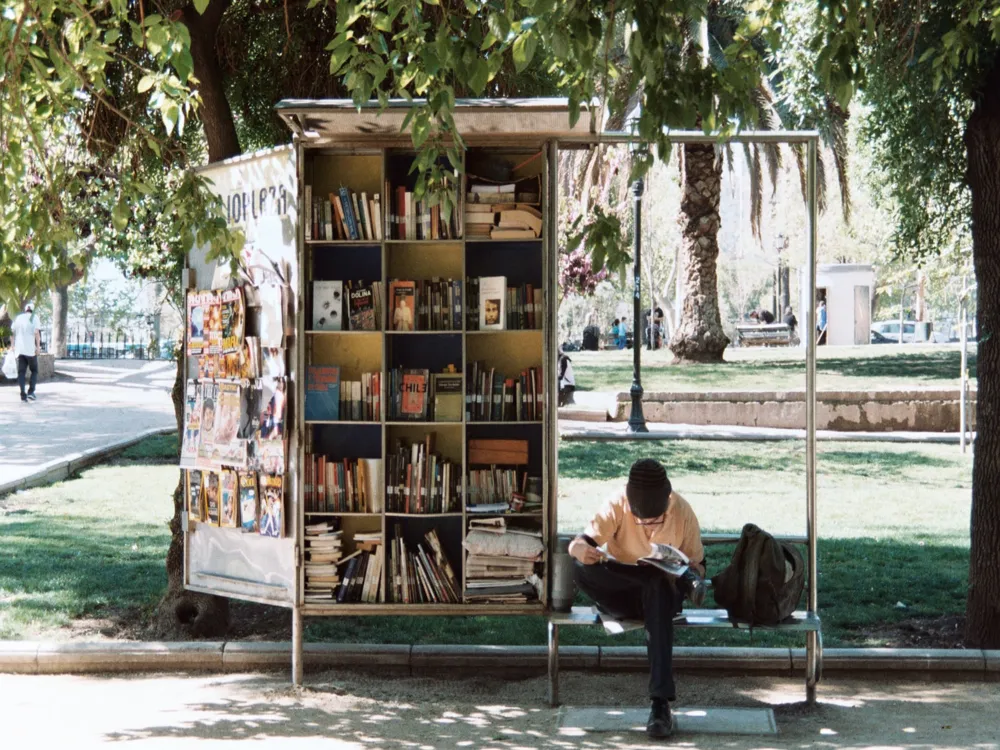
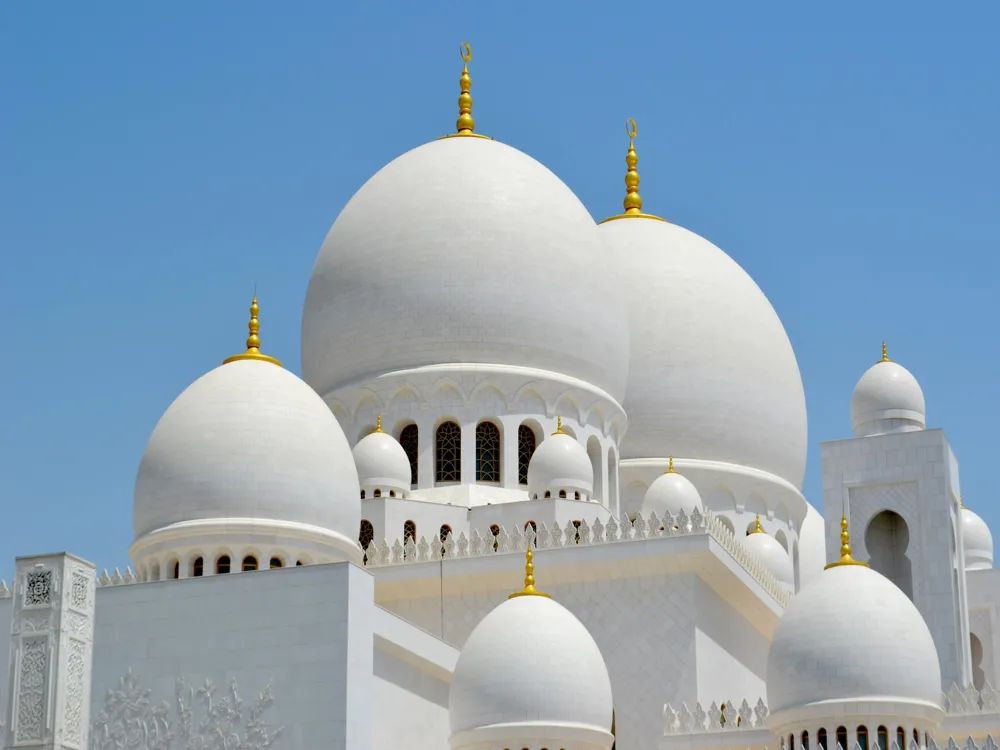
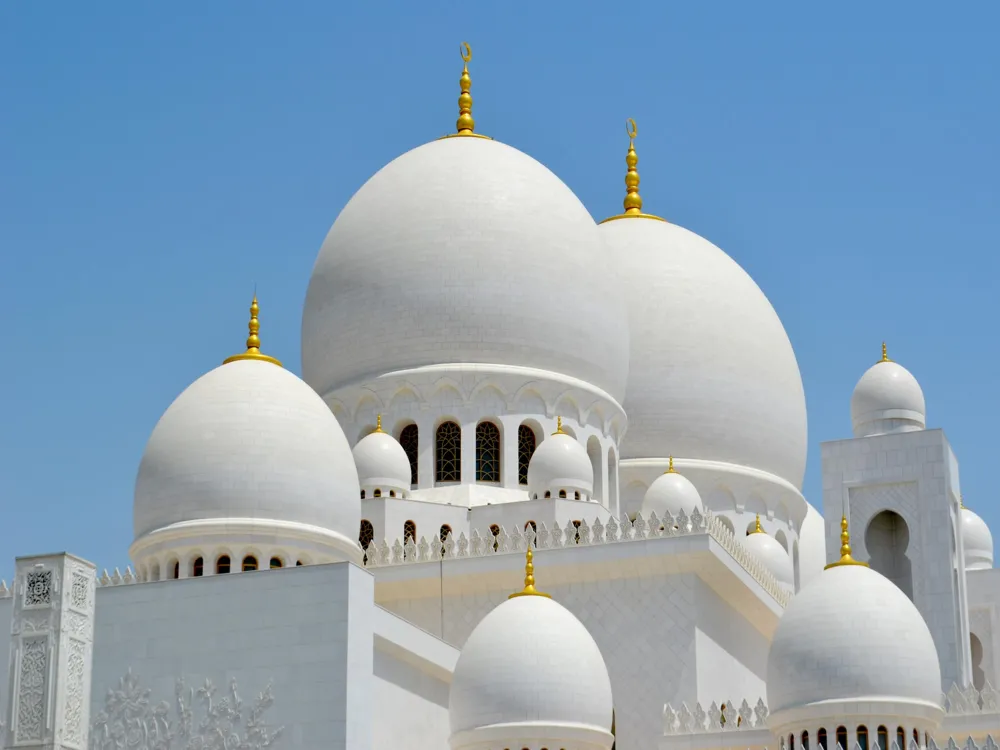
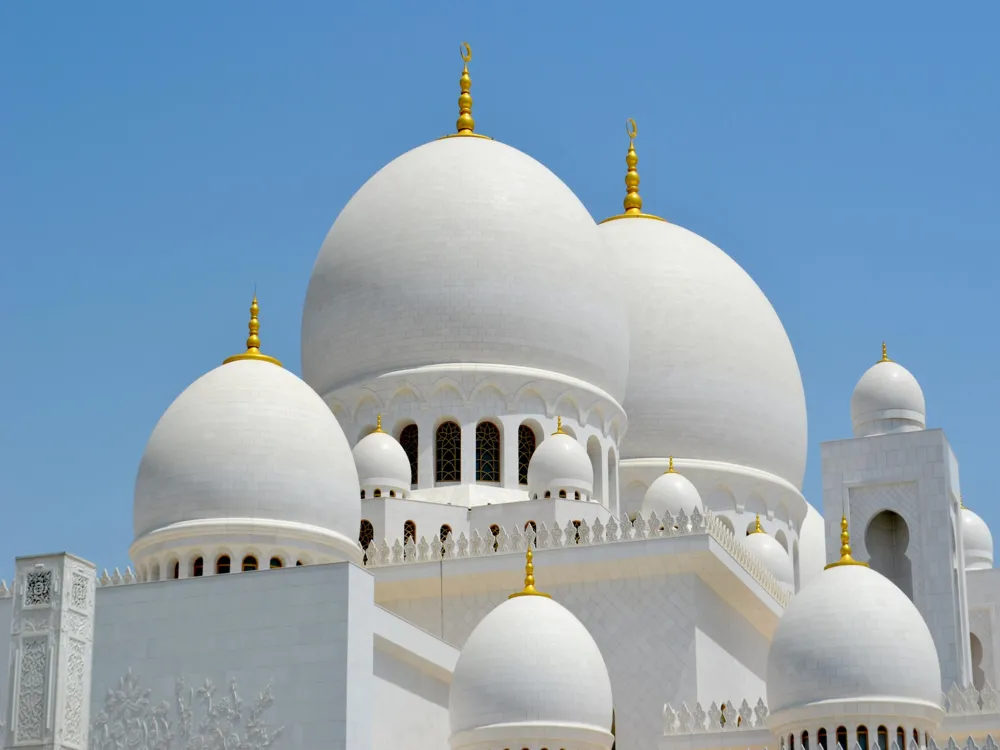

/eklakhi-mausoleum-pandua-slider-1.webp)
